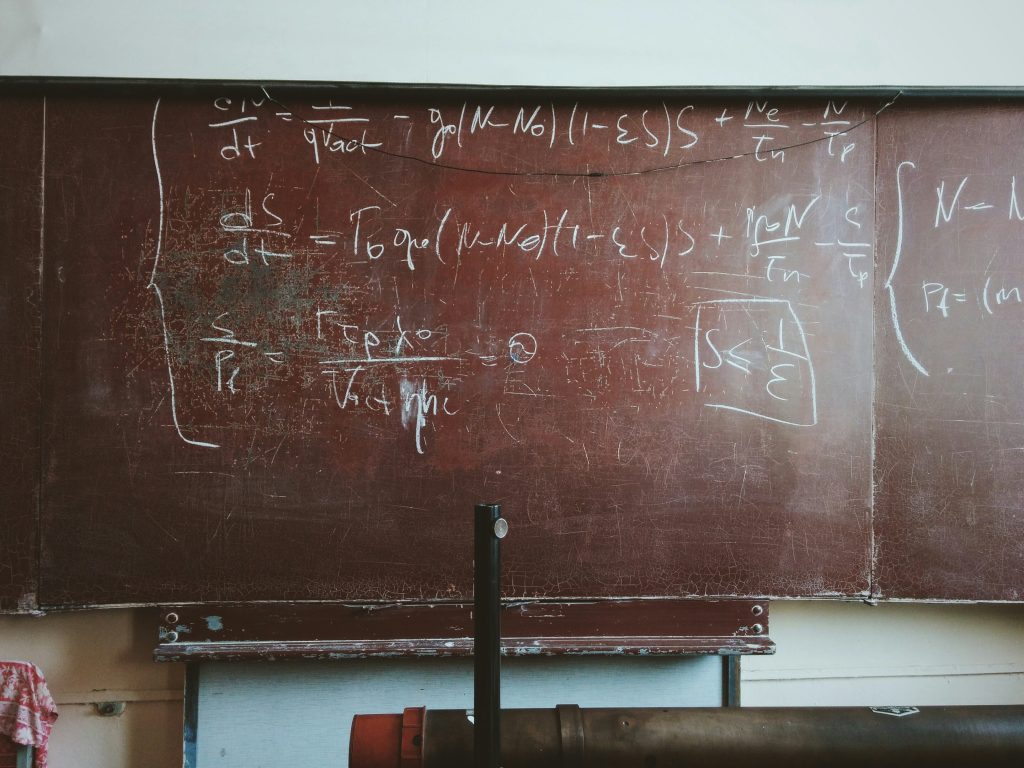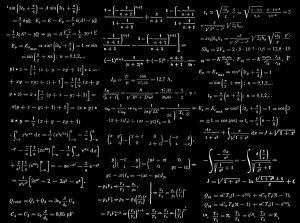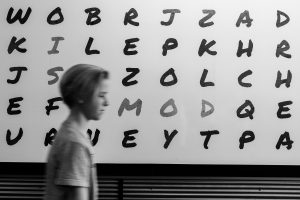The Connection Between Math and Creative Careers (Design, Music, Art)

Introduction
Are you a parent wondering how to help your child excel in mathematics? Do you often hear your child say they are not good at math or find it boring? Don’t worry! You are not alone in this journey. Many parents face the same challenge. However, what if we told you that there is a powerful connection between math and creative careers like design, music, and art? By integrating math into these fields, we can unlock a world of creativity and success for our children.
In this article, we will explore the fascinating relationship between math and creative careers. We will delve into the ways in which math is integrated into design, music, and art, providing real-world examples and insights. By understanding this connection, we can empower our children to embrace mathematics and tap into their creative potential. So let’s dive into the world of math art!
Math in Design
Design is all about creating visually appealing and functional solutions. It may surprise you to learn that mathematics plays a crucial role in this field. Graphic designers, for example, use ratios and percentages to resize images or create visually balanced compositions. They rely on grids for layout purposes and use division to determine the placement of elements on a page.
Even photographers utilize mathematical tools in their craft. Histograms, which represent the distribution of tones in an image, help photographers control exposure levels effectively. By analyzing these histograms, photographers can adjust their camera settings to capture the perfect shot.
Fashion designers also depend on mathematics. Geometry is a fundamental aspect of pattern making, ensuring that garments fit perfectly. Additionally, arithmetic skills are necessary for managing budgets, calculating material consumption, and determining the cost of production.
Math in Music
Music is a universal language that touches our souls. Behind the melodies and harmonies lie mathematical principles that contribute to the beauty of music. From rhythm to scales, musicians apply mathematical concepts in their compositions.
Rhythm, for instance, is built upon fractions and divisions of time. Understanding these divisions allows musicians to create intricate rhythms that captivate listeners. Scales, on the other hand, are based on mathematical relationships between frequencies. Musicians use these relationships to harmonize melodies and create pleasing sounds.
Furthermore, digital sound processing involves complex algorithms that manipulate sound waves. By understanding these algorithms, audio engineers can enhance recordings and create unique effects that elevate the listening experience.
Math in Art
Artists have long been drawn to geometry and symmetry in their work. These mathematical elements contribute to the visual appeal of artwork, creating a sense of balance and order. Many artists intentionally incorporate geometric shapes or patterns to evoke specific emotions or convey meaning.
In recent years, technology has opened up new avenues for artistic expression. Artists use algorithms to generate intricate designs, digital art, and even sculptures. These algorithms allow artists to explore unique possibilities and push the boundaries of creativity.
Math Art Projects for Children
Now that we understand the significance of math in creative careers, let’s explore how we can nurture this connection in our children. Engaging children in math art projects can strengthen their mathematical skills while tapping into their creativity.
One idea is to encourage children to create drawings related to math concepts they are learning at school. For example, they can draw geometric shapes or create patterns using different colors. This activity helps reinforce their understanding of math while sparking their imagination.
Another fun math art project is creating a fractal design. Fractals are complex patterns that repeat infinitely at different scales. By introducing children to fractals, we can ignite their curiosity and introduce them to the wonders of math in a visually captivating way.
Integrating Math and Art in Education
Educators have recognized the power of integrating math and art in the curriculum. The study of visual resources and means of creative expression enhances children’s understanding of mathematical concepts and stimulates their creativity. By combining these two disciplines, children develop a holistic approach to problem-solving and critical thinking.
Math art projects not only make learning math more engaging but also encourage children to think outside the box. They learn to approach problems from multiple angles, fostering a sense of creativity and resilience. Additionally, integrating math and art in education nurtures spatial intelligence, visual thinking, and attention to detail.
How Math Powers Creative Careers
|
Creative Field |
How Math is Used |
Examples of Careers |
|---|---|---|
|
Graphic & Web Design |
Uses ratios, alignment, proportions, grids, and measurement to ensure balanced, visually pleasing layouts. |
Graphic Designer, Web Designer, Magazine Art Director, Photographer |
|
Fashion |
Relies on geometry and measurement for pattern making, and arithmetic for cost calculations and budgeting. |
Fashion Designer, Pattern Maker, Product Developer |
|
Video Game Design |
Requires geometry, algebra, vectors, trigonometry, and logic to create 3D worlds and realistic movement. |
Game Designer, Animator, Programmer, Technical Artist |
|
Architecture |
Applies geometry, algebra, and trigonometry for designing structures and blueprints; uses probability for planning. |
Architect, 3D Modeler |
|
Art & Sculpture |
Employs geometry, symmetry, and pattern recognition for composition and structure; technology adds algorithmic art. |
Mathematical Artist, Sculptor |
|
Music |
Involves rhythm, patterns, scales, and acoustics, all of which are mathematical in nature. |
Composer, Audio Programmer |
The Benefits of Abacus Learning
While there are various approaches to teaching mathematics, one method that has proven highly effective is abacus learning. The abacus is an ancient calculating tool that helps children develop strong mental math abilities. It promotes visual memory, concentration, and analytical skills.
Abacus learning involves manipulating beads on rods to perform calculations. This hands-on approach engages both sides of the brain, fostering cognitive development and enhancing overall intelligence. Children who master the abacus can perform complex calculations quickly in their heads, giving them a competitive edge in exams.
SIP Abacus India offers world-class skill development programs that utilize the abacus methodology. Their structured curriculum is divided into different modules, catering to children of different age groups and skill levels. SIP Abacus classes are interactive and fun, providing an engaging learning environment for children.
Conclusion
The connection between math and creative careers is undeniable. Math forms the foundation for innovation, precision, and success in fields such as design, music, and art. By nurturing this connection from an early age, we can empower our children to excel in both mathematics and creative endeavors.
Math art projects and activities enable children to explore the intersection of math and creativity. These projects not only make learning math more enjoyable but also enhance critical thinking, problem-solving, and spatial intelligence.
If you’re looking for an effective way to develop your child’s mathematical skills, consider enrolling them in an abacus learning program like SIP Abacus India. Abacus learning not only improves mental math abilities but also enhances concentration, memory, and overall cognitive development.
So let’s embrace the power of math in creative careers. Let’s empower our children to become the next generation of innovative designers, talented musicians, and visionary artists. With math as their foundation, the possibilities are endless!
Remember, it’s never too early or too late to start nurturing the connection between math and creativity. Start exploring math art projects today and witness the amazing transformation in your child’s mathematical abilities and creative potential.



